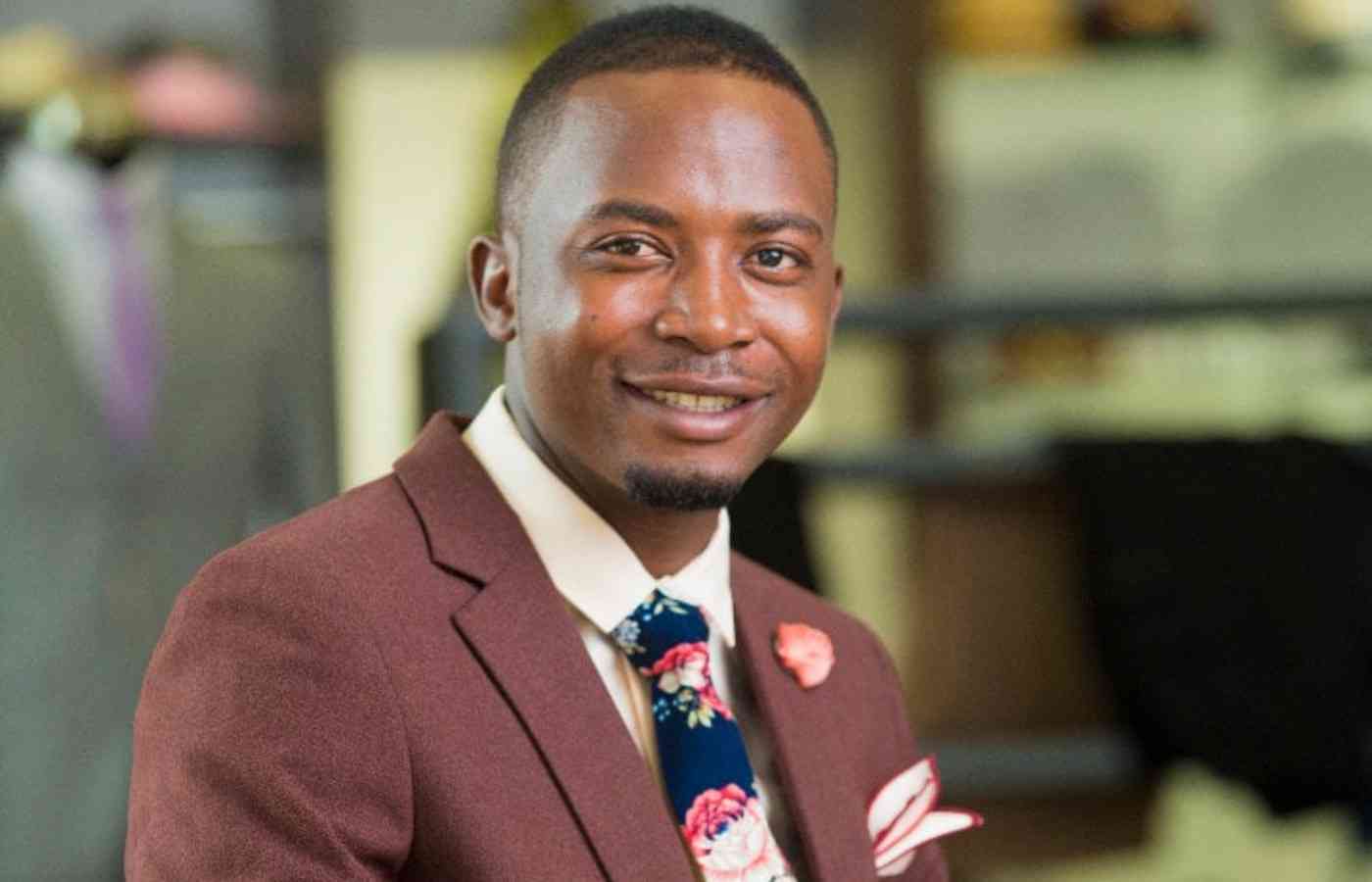
VICTOR Nyakauru is an alchemist, who assembles discarded objects and breathes life into them.
His life-like work can be an imitation of a living creature, such as Father’s bull which took first prize at the Zimbabwe Annual Art Exhibition 2016 that was made from secondhand belts suspended on a frame forming a bull in profile.
Nyakauru also brings things to life objects like his piece titled Bread and Butter Issues, which is a loaf of bread made out of concrete that won first prize for the PPC awards 2018. His latest exhibition at Artillery Gallery running under the Chewy Tradimporary shows progress and development in a new direction.
The exhibition for the artist stands for his outlook to combine traditional and contemporary art forms.
Despite the invention of a new term there is no need to reinvent the wheel in that regard because other artists have blazed that path before him. Perhaps Nyakauru is late to the party, but his progress in that direction creates excitement and great expectations over the next stage of his career. There is a cow, a bull, a goat, a hyena and an owl in the exhibition, all made out of easily recognisable materials.
What is common in most of the sculptures is the use of leather as a binding material that connects the objects together. Nyakauru’s pristine craftsmanship is on display over clean cuts, tight stitches, and smartly glued and bolted work.
His excellent craftsmanship can be compared to his contemporaries such as Mukudzei Muzondo and Masimba Hwati, which can be traced back to the master of Zimbabwean contemporary sculpture Tapfuma Gutsa. Beyond that, the craftsmanship follows a custom established in the making of traditional implements such as pottery, cutlery, musical instruments, work tools and weapons of war. The evidence for such precedence can be examined at the museum, and from abundant examples in rural communities. Nyakaurus’ oeuvre is centred on folklore. His subject of domestic and wild animals carries themes associated with traditional idioms, proverbs and ngano (fairy tales). In the current exhibition, Dhonza depicts the head of a bull that pulls the plough, Mombe yeHumai relates to the sacred cow dedicated to the bride’s mother as part of lobola/roora (bride price), and Mhuka ine Mavara refers to any beast that is spotted or striped, and has been used to refer to a hyena, which is associated with witchcraft in many African cultures.
Nyakauru’s work has usually been quite accessible in meaning for the audience. That aspect may have endeared him to adjudicators resulting in his snagging numerous local and international awards that include three National Art Merit Awards, two PPC Imaginarium and Honorary Citizenship in South Korea from 2014.
- Nyakauru’s sculptures depict seen, unseen realities
- Nyakauru scoops top NGZ award, shifts focus to global showcase
- On the festival of ashes, roses and rights
Keep Reading
What previously differentiated Nyakauru’s work from his contemporaries is figurative representation of his subject.
Among his contemporaries Muzondo’s compositions are partially conceptualised on esoteric symbolism and Hwati’s sculptures are steeped in abstraction that transmits energy from the found objects that have been called “facsimiles of energy”. Tapfuma Gutsa’s works transcend both Hwati’s synthesis and Muzondo’s esotericism. Nyakauru’s obsession to represent things as they might sound unremarkable, but the effect is profound in how easily a viewer’s disbelief falls away.
The transformation of secondhand leather and canvas belts, or grey cement-based concrete, happens in a magical instant. One ceases to see the materials for what they really are, and the work retains its charm without depending on woke issues and politics of the day.
In this exhibition Nyakauru includes a lot of his older works, which make up the dominant narrative of the show. Among his recent works however, the sculptor veers into abstraction with captivating results.
Such pieces as Mukombe, Nyenyedzi, Shirikadzi, and Manjuzu describe things that are familiar to the indigenous audience, but their representation is far from recognisable. Mukombe is not an actual gourd that is traditionally used for drawing water or beer, but a conceptual piece made from gourds.
Nyenyedzi is already a difficult idea to translate in sculpture, but the artist successfully conjures a constellation of stars as suggested by the title. Shirikadzi means a widow, and the sculptor plays on the etymology of the word to create a hybrid sculpture, a span of wings with a heavy set of breasts nestled between them.
While Manjuzu (which is a potent term for marine spirits that possess women) is endowed with an identical set of mammary glands and a cascade of scales made out of leather to evoke the fish features of a mermaid.
In his latest work Nyakauru proves that he has the chops to cater for those with a taste for the cryptic, cerebral, and subversive. That type of audience would be thrilled to come across Vhara Muromo a face mask made out of leather, hanging by its straps like a thong.
Clearly the material does not allow the piece to serve its typical function to filter the air; rather it would cut off air supply like a sadomasochist fetish. Vhara muromo becomes literally a gag suggesting a silence that may be coerced by reward or retribution.
As for the reasons for the implied restriction on freedom of speech, the possibilities remain curiously open to speculation. Nyakauru’s exhibition of figurative and abstract works remain dedicated to folkloric themes, and connected through choice of materials and recognisable handiwork. By depicting both the seen and unseen worlds the multi award-winning artist courts new audiences without alienating the old.
It is an exciting prospect for a gathering of new fans.








